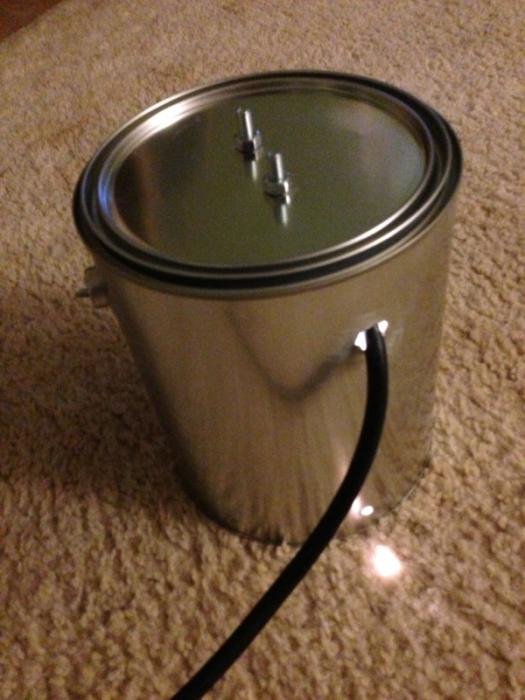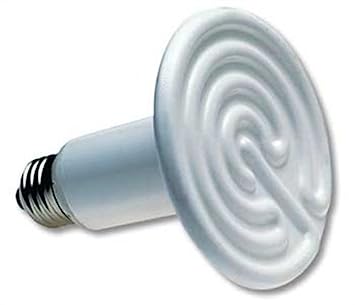thehopbandit
Well-Known Member
- Joined
- Oct 30, 2012
- Messages
- 150
- Reaction score
- 8
I recently built a STC-1000 temperature controller to use with my chest freezer. The cooling side is all fine since the compressor will take care of that. However, I'm looking into ways to regulate the heating side of things.
I have seen a number of ideas online, and am thinking about going for the lightbulb inside a can method.
1. However, are there going to be any problems from the moisture/wet environment inside the freezer in regards to the lightbulb?
2. Also, what is the best way to go about setting this up? Do they make plugin adapters for lightbulbs that plugin a wall outlet, have a cable, and then a light fixture on the other end? If so, could you link me up to one?
3. Any other better heating ideas?
Thanks!
I have seen a number of ideas online, and am thinking about going for the lightbulb inside a can method.
1. However, are there going to be any problems from the moisture/wet environment inside the freezer in regards to the lightbulb?
2. Also, what is the best way to go about setting this up? Do they make plugin adapters for lightbulbs that plugin a wall outlet, have a cable, and then a light fixture on the other end? If so, could you link me up to one?
3. Any other better heating ideas?
Thanks!






















































![Craft A Brew - Safale S-04 Dry Yeast - Fermentis - English Ale Dry Yeast - For English and American Ales and Hard Apple Ciders - Ingredients for Home Brewing - Beer Making Supplies - [1 Pack]](https://m.media-amazon.com/images/I/41fVGNh6JfL._SL500_.jpg)






